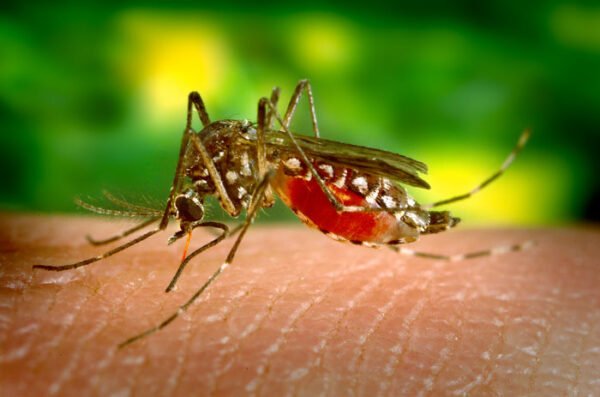The Rio de Janeiro State Health Department (SES) has confirmed two more deaths from oropouche fever in the state. The samples were analyzed by the Noel Nutels Central Public Health Laboratory (Lacen-RJ), which determined the cause of death. The victims are two women: a 34-year-old resident of Macaé and a 23-year-old resident of Paraty. Both had their first symptoms in March of this year, were hospitalized, but died days later. There is still one suspected death under analysis in São Paulo.
This Content Is Only For Subscribers
To unlock this content, subscribe to INTERLIRA Reports.
Isolated Cases
The cases are considered isolated and occurred more than two months ago. Since then, there have been no new reports of serious cases, hospitalizations, or deaths from the disease in these cities.
Data in Brazil
Brazil had accumulated 10,072 cases of Oropouche fever as of 10 May. The total represents an increase of 56.4% when compared to the 6,440 patients registered in the same period last year. In total, 2024 had almost 14,000 cases of the infection, while in 2023 there were only 833, according to data from the Ministry of Health.
Symptoms of Oropouche Fever
The symptoms of Oropouche fever are similar to those of dengue fever. The incubation period is four to eight days. Initially, the patient usually experiences fever, headache, joint pain, muscle pain, chills, and sometimes persistent nausea and vomiting for up to five to seven days.
Deaths from Oropouche Fever
To date, there have been 1,581 cases of the disease and three deaths recorded in Rio. The cities with the highest concentration of suspected cases are: Cachoeiras de Macacu (649); Macaé (502); Angra dos Reis (320); Guapimirim (168) and Paraty (131).
Analysis:
The confirmation of two additional deaths from Oropouche fever in Rio de Janeiro, despite the cases in Macaé and Paraty being considered isolated and having occurred over two months ago, points to a concerning expansion of the virus beyond traditionally endemic areas, as evidenced by the geographic spread and the cumulative number of infections.
Oropouche fever presents symptoms similar to those of dengue and other arboviruses, which can hinder accurate diagnosis and delay appropriate treatment. This clinical overlap poses a significant challenge for local health services, particularly during periods marked by the simultaneous circulation of multiple arboviruses.
Although no new severe cases have been reported since March, the continued presence of favorable conditions for transmission suggests that the risk of new outbreaks remains.




